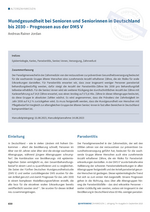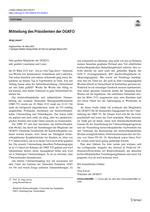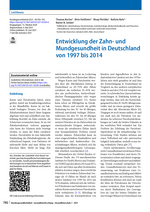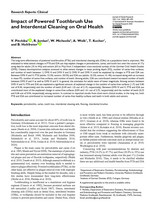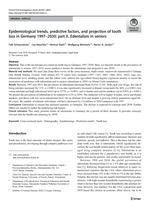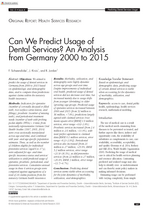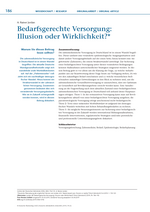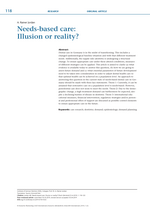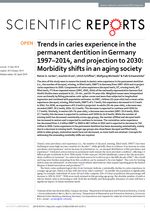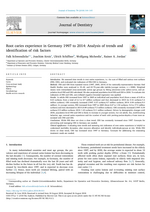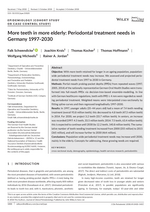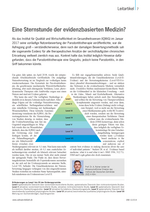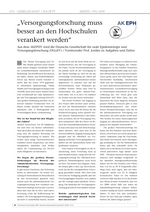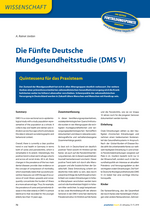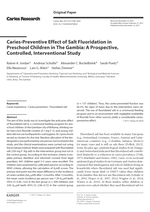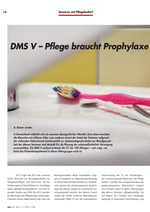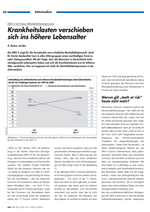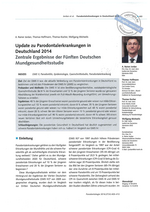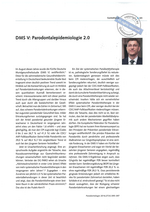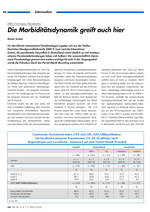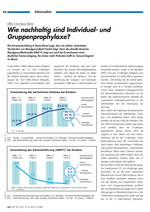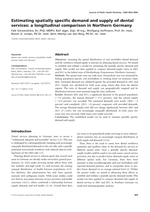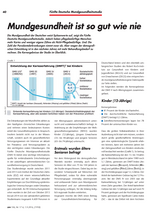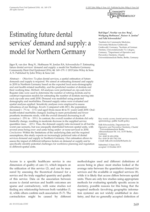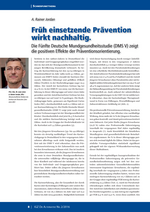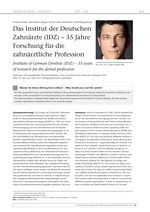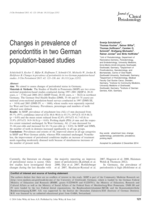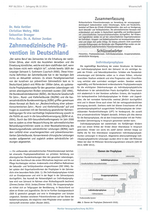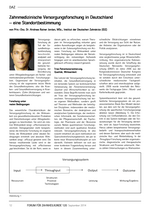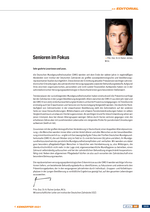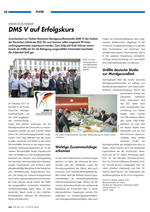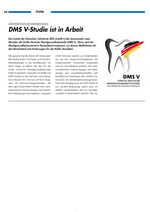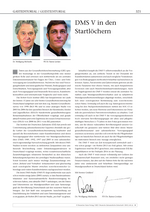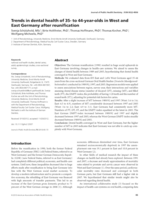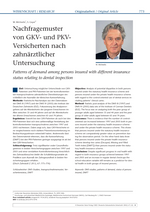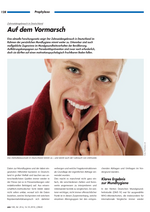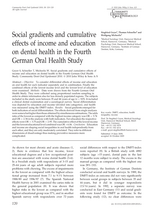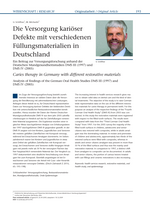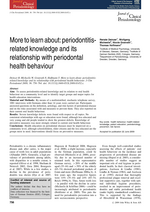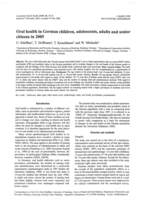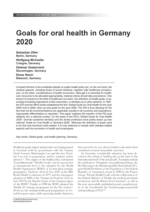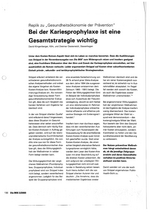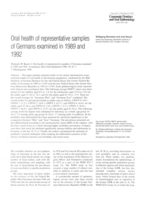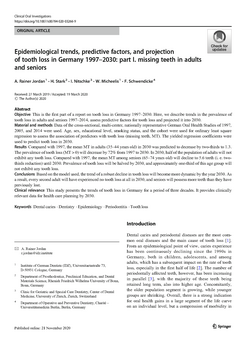
Gesundheitsversorgungsforschung und -epidemiologie
Autoren
Jordan, A. Rainer
Stark, Helmut
Nitschke, Ina
Micheelis, Wolfgang
Schwendicke, Falk
Schlagwörter
Dental caries
Dentistry
Epidemiology
Periodontitis
Tooth loss
Publikation — Zeitschriftenbeiträge
Titel
Epidemiological trends, predictive factors, and projection of tooth loss in Germany 1997–2030:
Untertitel
part I. missing teeth in adults and seniors
Titel kurz
Clin Oral Investig
Titel Ausgeschrieben
Clinical Oral Investigations
ISSN
1436-3771 (Electronic), 1432-6981 (Linking)
Jahr
2020
Erscheinungsdatum
21.11.2020
Epidemiological trends, predictive factors, and projection of tooth loss in Germany 1997–2030:
part I. missing teeth in adults and seniors
Objective: This is the first part of a report on tooth loss in Germany 1997–2030. Here, we describe trends in the prevalence of tooth loss in adults and seniors 1997–2014, assess predictive factors for tooth loss and projected it into 2030.
Material and methods: Data of the cross-sectional, multi-center, nationally representative German Oral Health Studies of 1997, 2005, and 2014 were used. Age, sex, educational level, smoking status, and the cohort were used for ordinary least square regression to assess the association of predictors with tooth loss (missing teeth, MT). The yielded regression coefficients were used to predict tooth loss in 2030.
Results: Compared with 1997, the mean MT in adults (35–44 years old) in 2030 was predicted to decrease by two-thirds to 1.3. The prevalence of tooth loss (MT > 0) will decrease by 72% from 1997 to 2030. In 2030, half of the population of adults will not exhibit any tooth loss. Compared with 1997, the mean MT among seniors (65–74 years old) will decline to 5.6 teeth (i. e. two-thirds reduction) until 2030. Prevalence of tooth loss will be halved by 2030, and approximately one-third of this age group will not exhibit any tooth loss.
Conclusions: Based on the model used, the trend of a robust decline in tooth loss will become more dynamic by the year 2030. As a result, every second adult will have experienced no tooth loss at all in 2030, and seniors will possess more teeth than they have previously lost.
Clinical relevance: This study presents the trends of tooth loss in Germany for a period of three decades. It provides clinically relevant data for health care planning by 2030.


